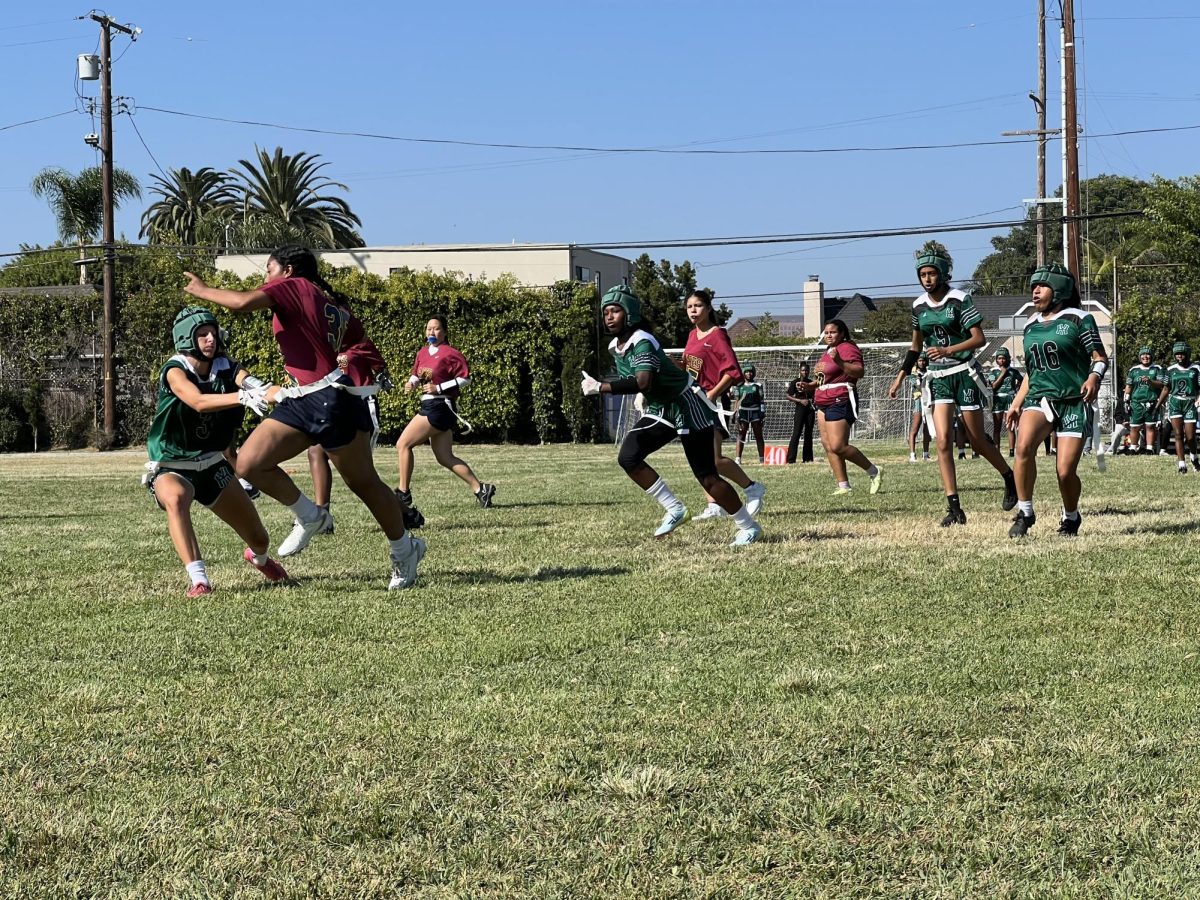Traffic has been a huge issue in Los Angeles. The long hours on the freeway and the ineffectiveness of the Metro system are infamous. Traffic in LA is not simply a minor inconvenience: 336 people died in crashes in 2023, 179 being pedestrians, per the LA Times. In an attempt to mitigate some of this danger, voters passed Measure HLA with 65.5% of the vote, according to the Los Angeles Registrar-Recorder/County Clerk.
Measure HLA is focused on implementing dedicated bike lanes and bus lanes, as well as widening sidewalks for safer pedestrian traffic. The measure itself doesn’t implement these changes but forces the city to comply with the old plan, Mobility Plan 2035, passed in 2015. HLA requires that whenever ⅛ of a mile of city streets are repaved or upgraded, parts of the Mobility Plan must be implemented, such as wider sidewalks or dedicated bike lanes.
For the LACES community, the long-term changes are welcomed by teachers and students alike and might lead to changed transportation habits.
“I think once there’s protected bike lanes, I would end up riding my bike to work,” said Leadership advisor and history teacher Mr. Aaron Baskin.
Baskin highlighted a double effect that implementing protected bike lanes would have to encourage travelers to use them.
“First off, you need to have the safety of the protected bike lanes,” said Baskin. “Secondly, it makes car travel worse, so that incentivizes people to use bikes, because it ends up being quicker.”
Students who drive daily also see the benefits HLA can bring, even if they will keep driving themselves to school.
“I think for me as a driver I’ll continue to drive but I think it’s good that [HLA] promotes public transport and encourages people to take healthier options,” said senior Kyler Yu.
9th grade English teacher, Mr. Adam Tan, believes that the process will take many years, but will ultimately succeed in making the city more walkable.
“I don’t think there’s any real solution to the traffic but I think we can still improve walkability and bikeability and perhaps 15 years in the future there are ways to bike around the city without fear of getting killed just for the sheer enjoyment of it,” said Tan.
While the long-term positives of HLA are recognized, the process of revamping the roads will cause delays in traffic times.
“It will definitely affect commute times for drivers,” Yu said. “But I think in Los Angeles, there’s traffic everywhere, so it won’t be any surprise.”
The increased commute times are likely to annoy many drivers, and could possibly alienate them against Measure HLA. Baskin highlighted the mentality shift that people in Los Angeles need to have for HLA to work.
“It’s going to be a painful adjustment where people’s mentalities have to shift … to say that it’s not better to drive, it’s better to take the subway, or the Metro, or the bus,” said Baskin.
The increased commute times seem inevitable, but the city does have the opportunity to alleviate some of the inconvenience.
“I think the city could streamline the process by communicating in advance what’s going to be closed and having traffic officers out there helping redirect things,” said Tan.
Baskin believes Measure HLA provides a unique opportunity to foster more community engagement in Los Angeles.
“If we take the goal of trying to increase biking and pedestrian walking, that leads to more community, which leads to more safety,” said Baskin. “It also leads to less desire to drive to further neighborhoods because you have [what you want] where you already live. [The idea is] combining all these human factors in the hope of increasing happiness in all living situations.”














